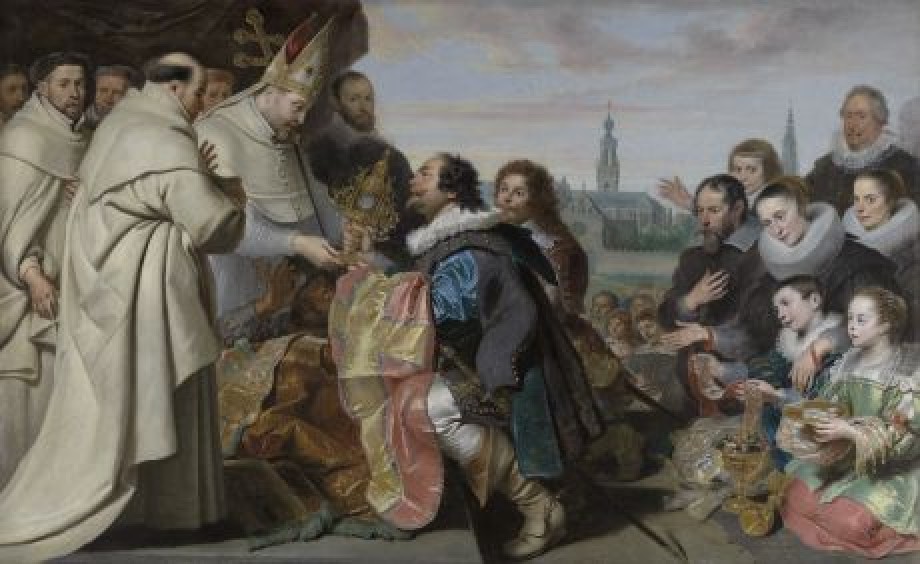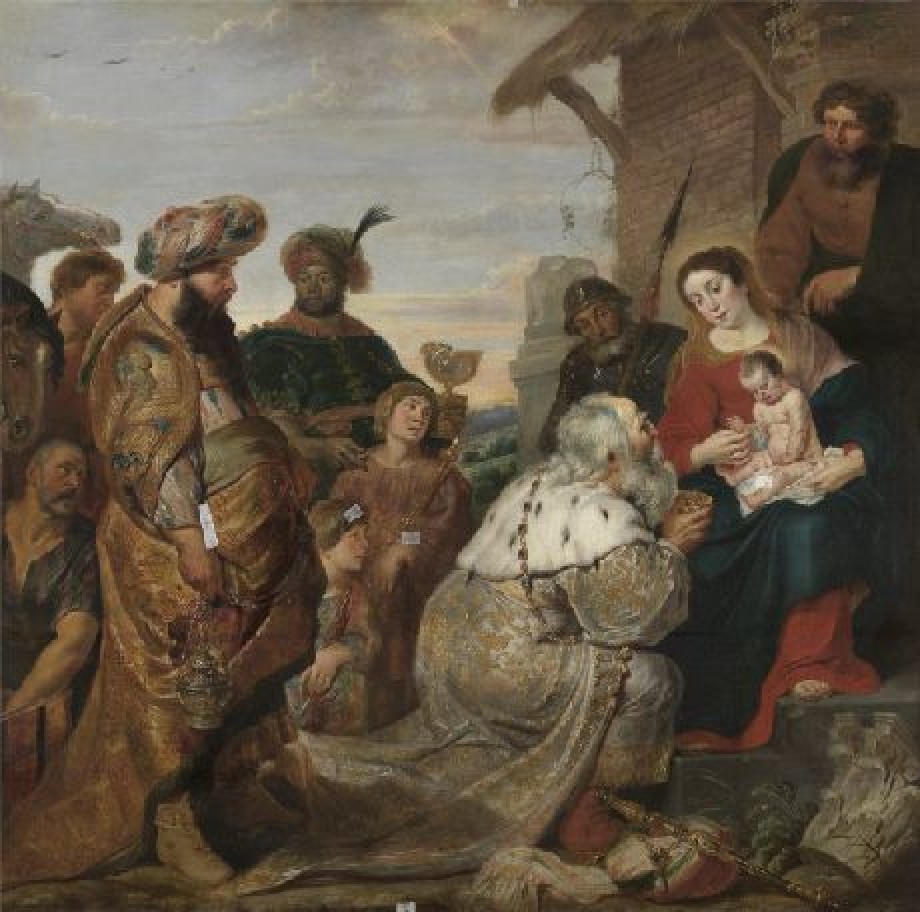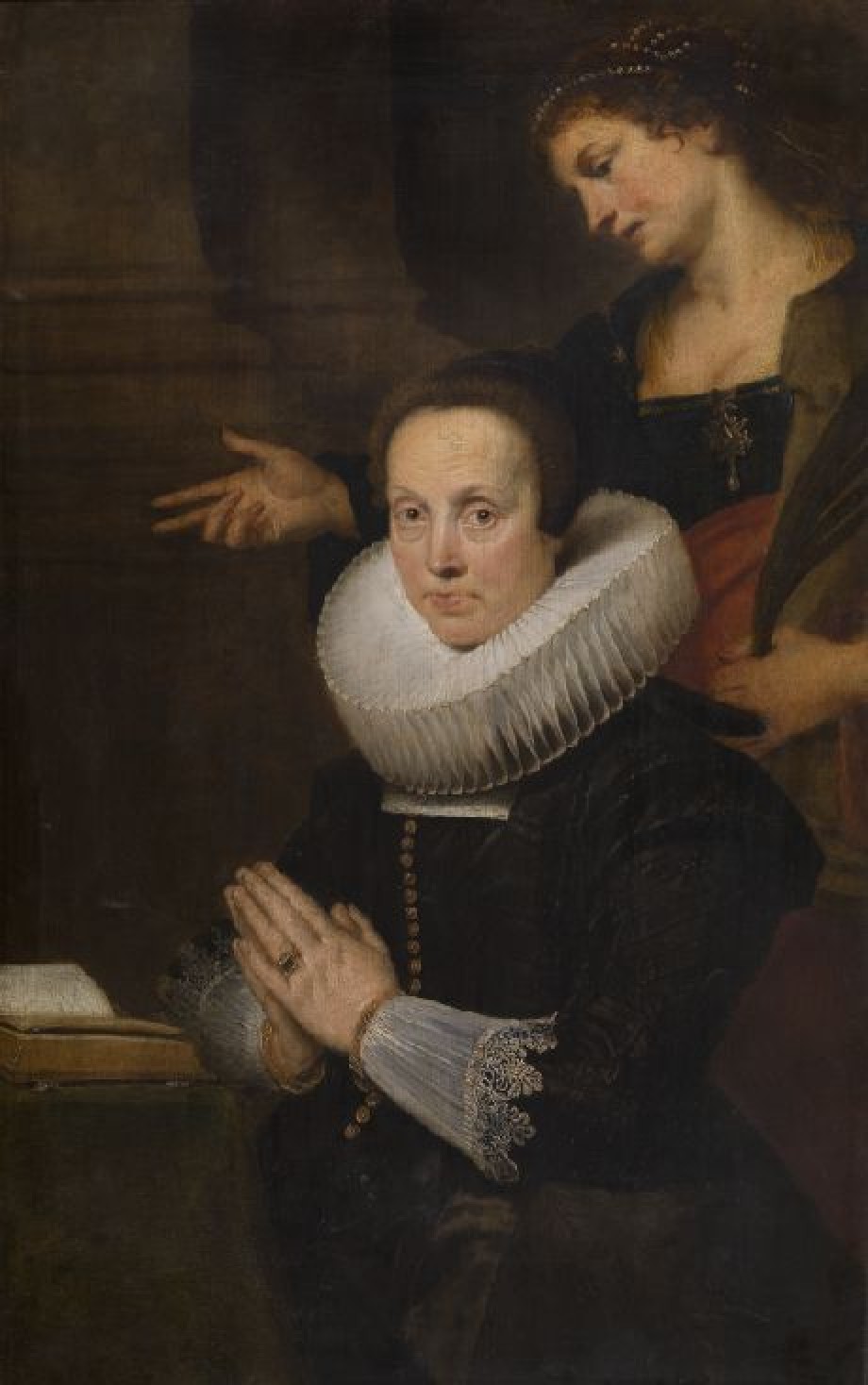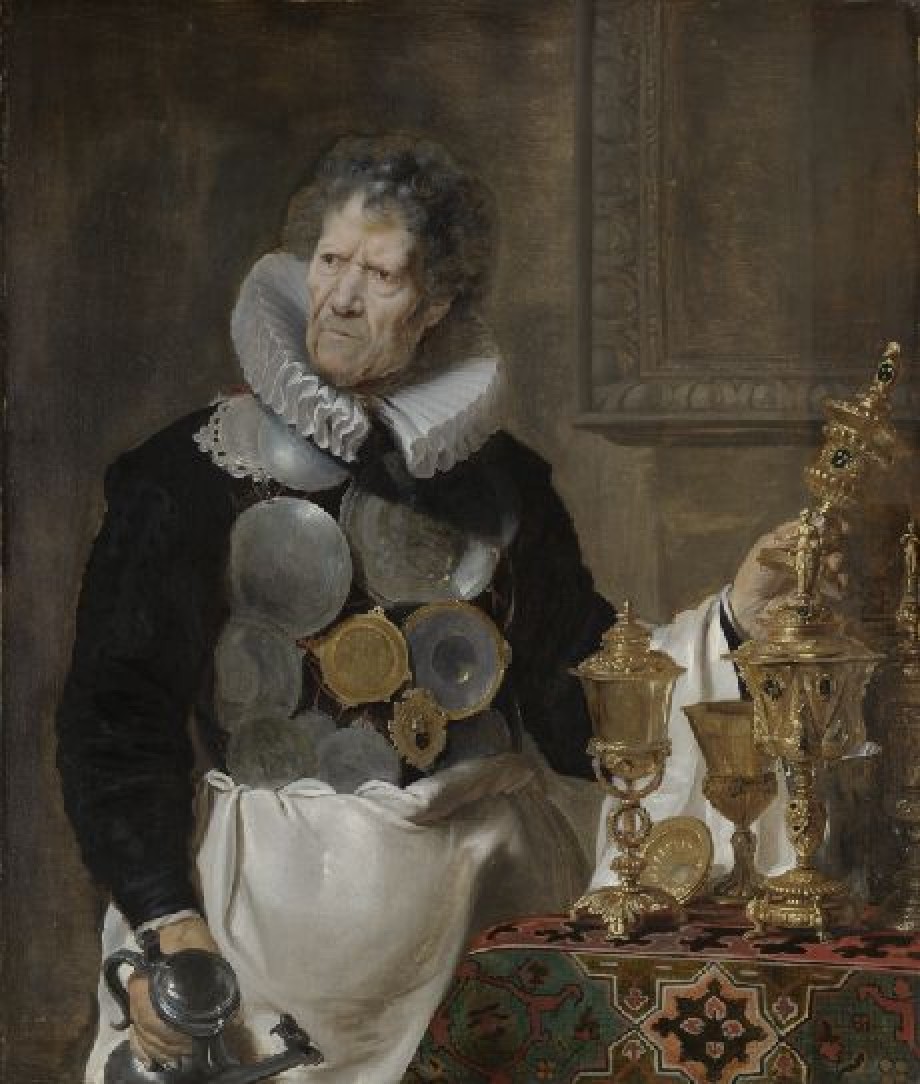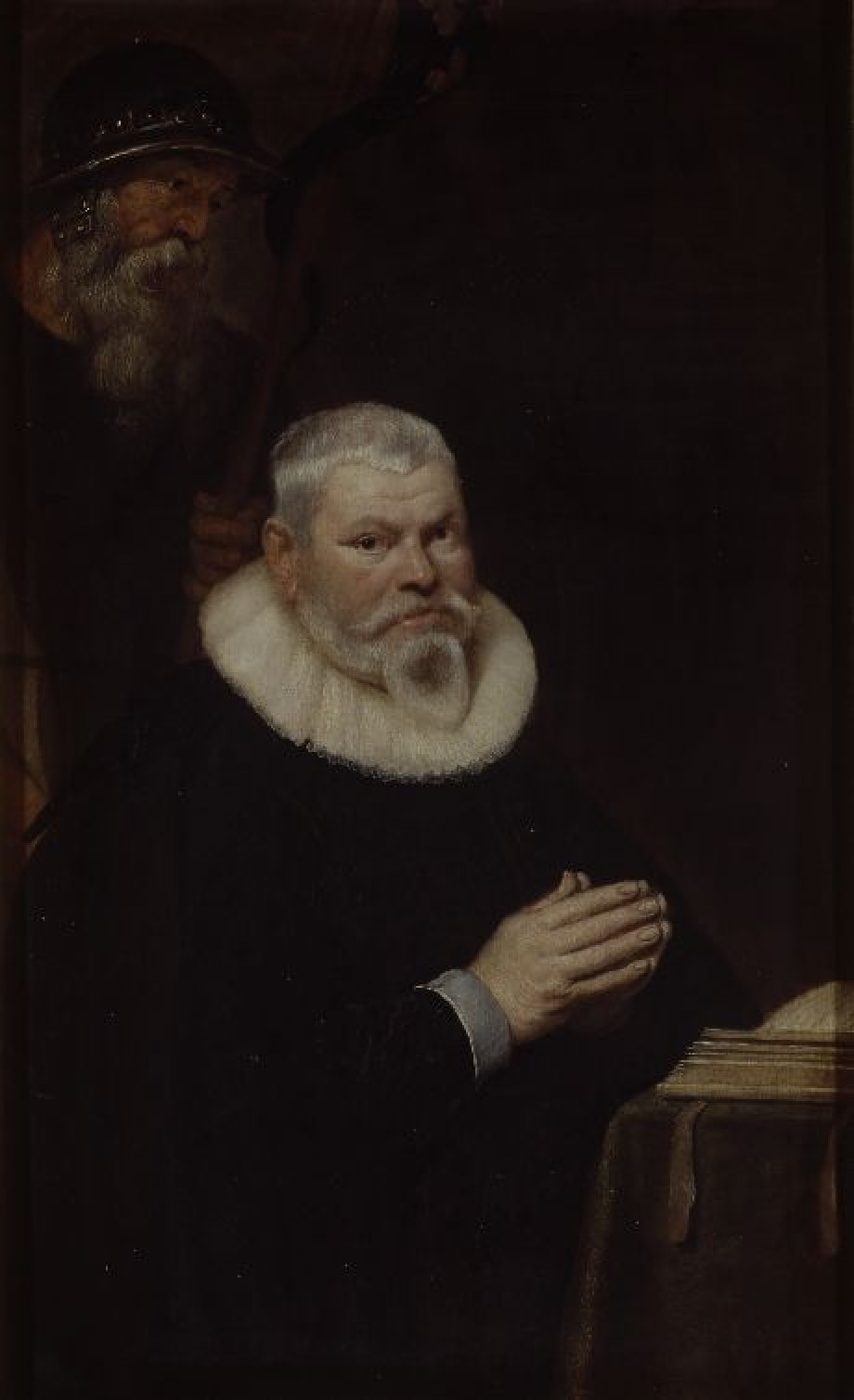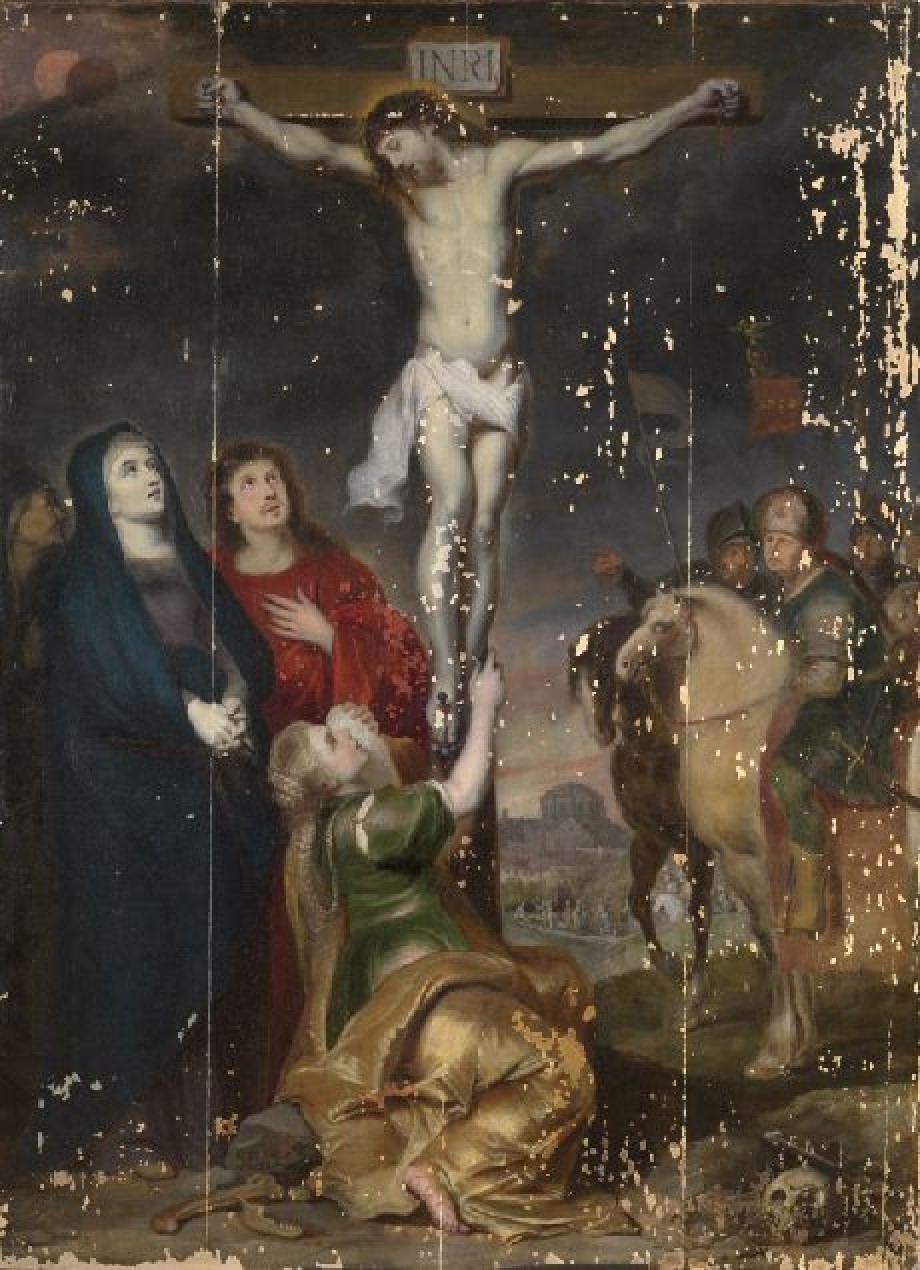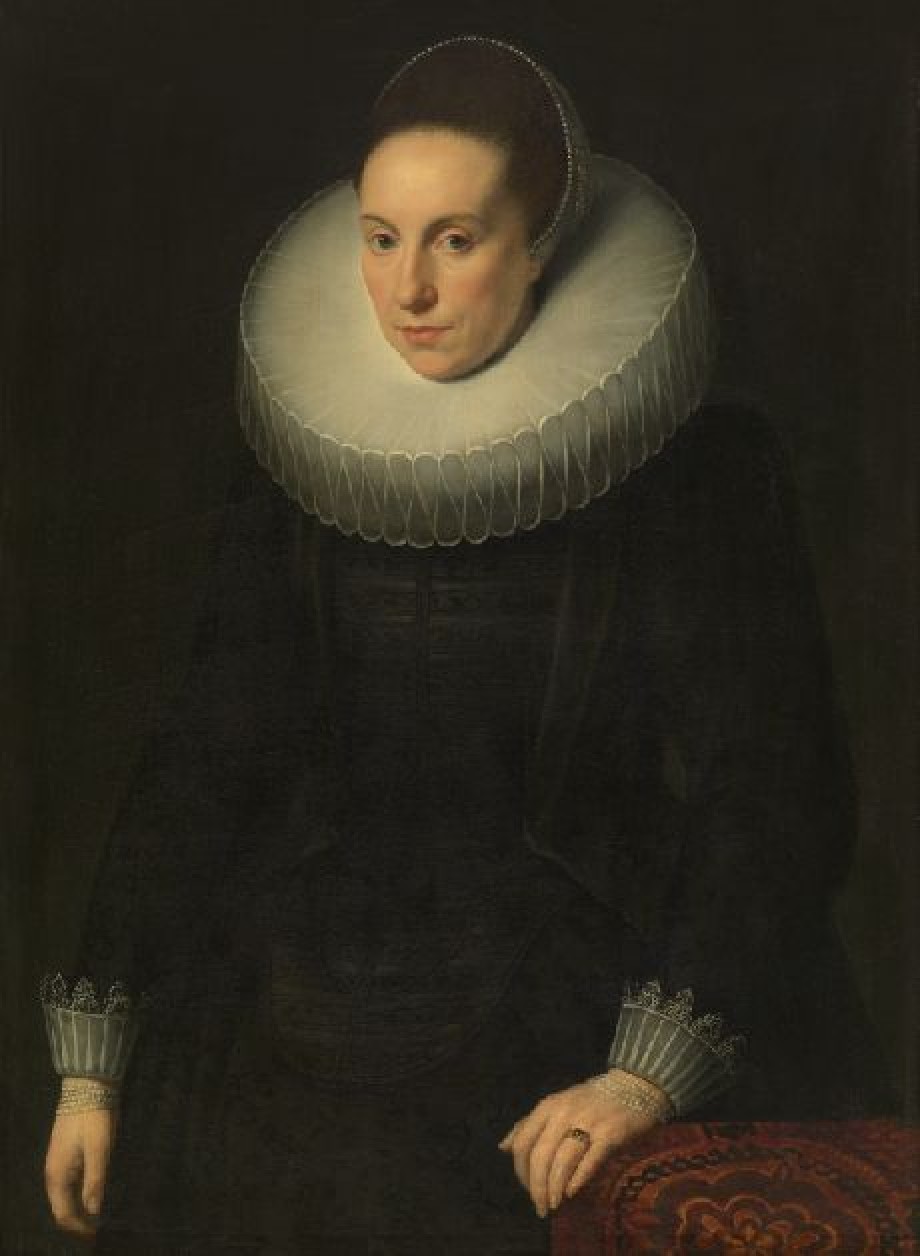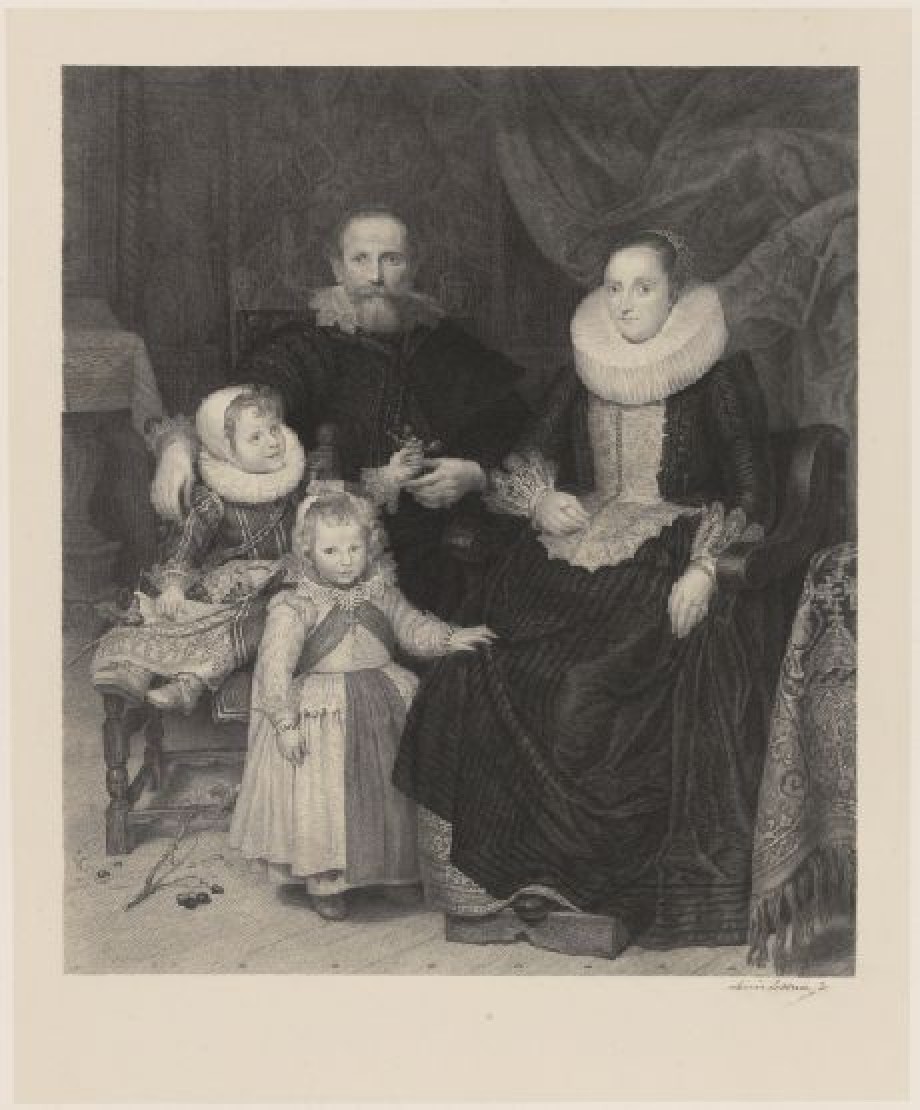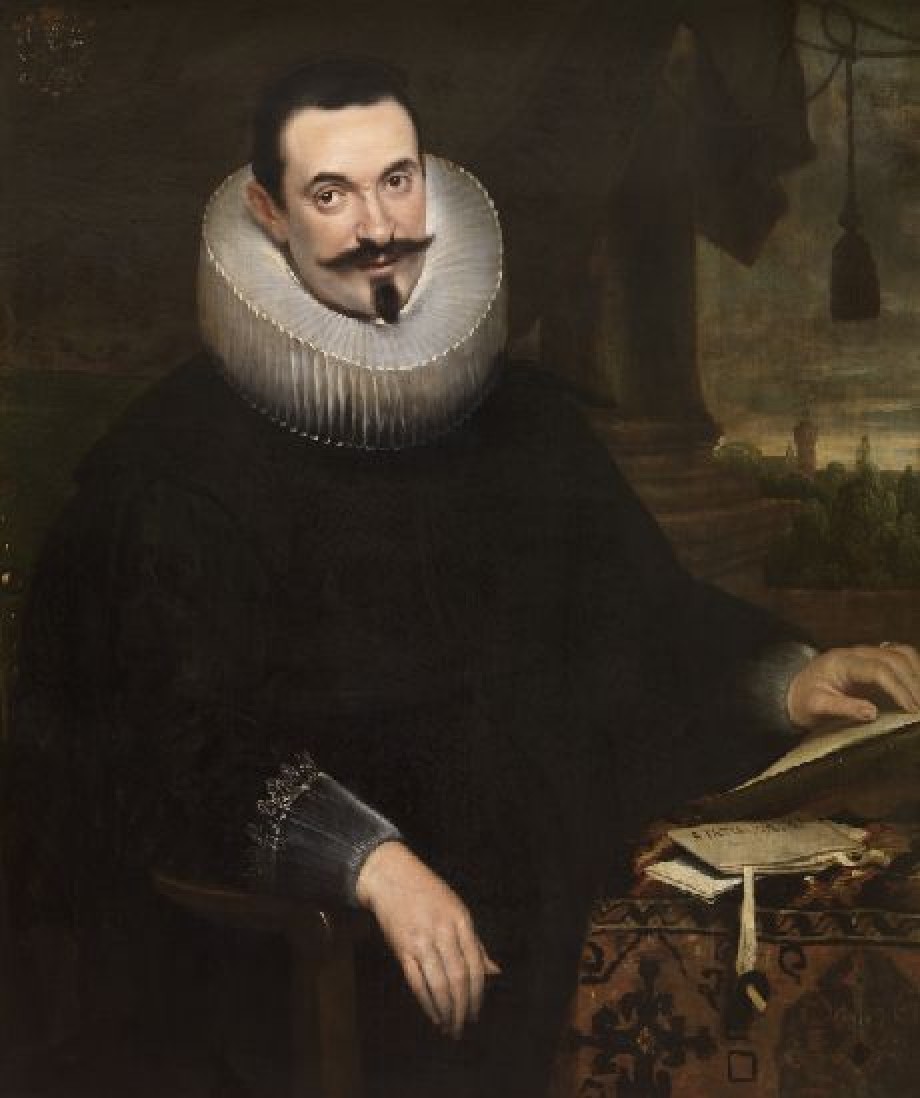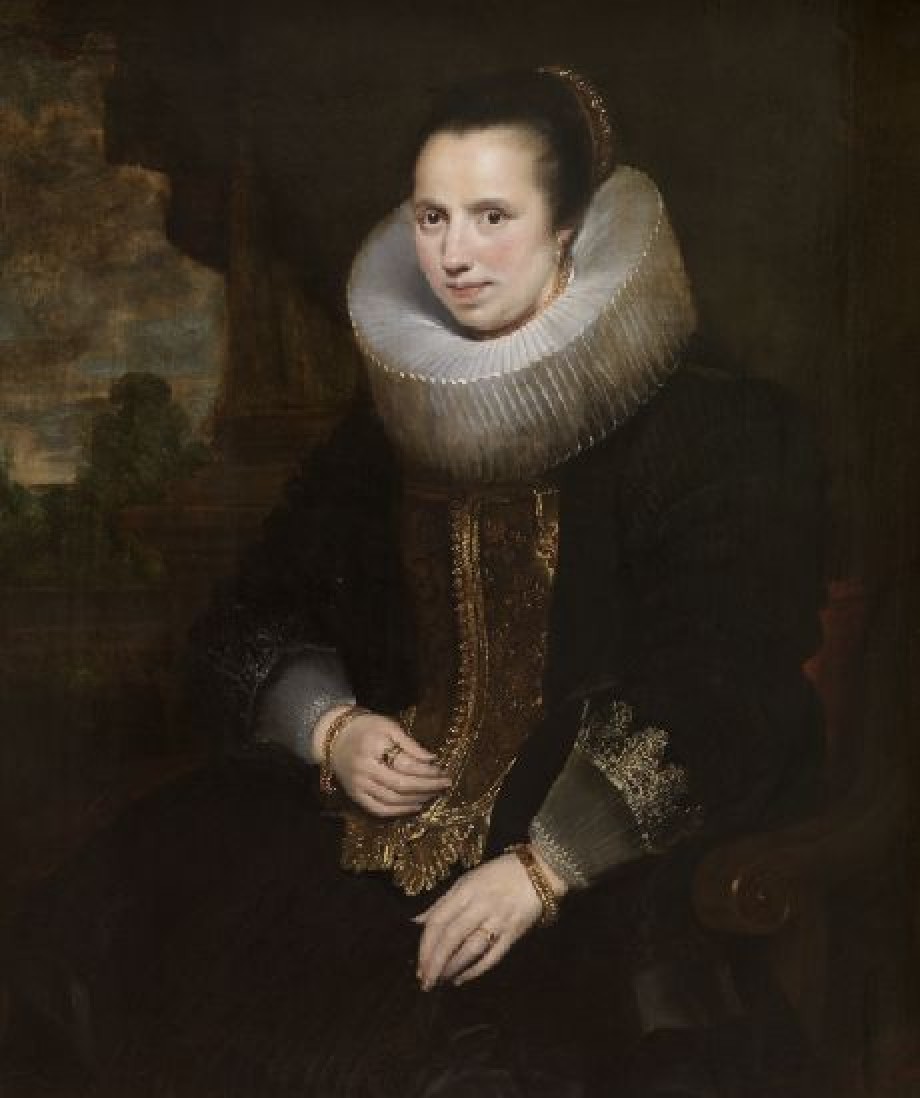
Cornelis de Vos
More about Cornelis de Vos
Cornelis de Vos is a painter of history pieces, religious works and portraits, who immigrated to Antwerp. He is the brother of Paul de Vos (1595-1678) and the brother-in-law of Frans Snijders (1579-1657). De Vos worked together with these two on occasion and with brother-in-law Jan Wildens (1584/86-1653). His work is the figures, while they provide the still lives and landscapes. Cornelis de Vos mainly worked for an Antwerp clientele comprised of wealthy citizens.
In addition, he also makes his works with an eye on export, primarily to Spain. De Vos is also active as an art dealer.
There is clearly a trace of an influence by Rubens in his earliest work. For composition themes, motifs and Caravaggio-esque influences, he consults the Master. His work is notable for a warm palette and refined rendering of fabric.
De Vos has the greatest recognition as a portrait painter. Beginning in 1621, after the departure of Anthony van Dyck (1599-1641) from Antwerp, he is the leading portraitist of the Antwerp bourgeois. De Vos is nonetheless influenced by van Dyck. He has a talent for painting children and proves to be a master in the painting of group portraits, such as in Portrait of a Family from 1631 (KMSKA, Antwerp). His family portraits underline the notion of family happiness, which values the marriage and the immediate family as the core.
Beginning in 1624, de Vos exchanges the thickly produced brush strokes for a lighter painting style and chooses for landscapes in the background. Here too one sees the influence of Rubens. From about 1630, his painting skill evolves from relief-like compositions towards compositions in which the figures are placed more realistically in the space. A greater attention to the landscape also comes about. More intensive facial expressions and further developed architecture in the background are in line with the developments of the Baroque.
Circa 1584
Cornelis de Vos is born in Hulst (Zeeland).
1604
De Vos is named as the chief assistant of David Remeeus (1559-1626), a painter of the second rank.
On 29 April, he asks the Antwerp City Council for a document that releases in order to be trained elsewhere. It is not known if the young artist actually left the city.
1608
De Vos becomes Free Master in the Antwerp Saint Luke Guild.
1613
For the Our Lady of Boskerk in Nieuwkerke-Waas, de Vos paints the Descent of the Holy Spirit.
23 september 1616
Cornelis de Vos is registered as a burgher of the City of Antwerp.
27 mei 1617
Susanna Cock, who is a half-sister of the painter Jan Wildens (1584/86-1653) and Cornelis de Vos are married. The couple has 6 children.
Circa 1617-1620
The Adoration of the Shepherds and the Presentation in the Temple are made for the Saint Paul's Church in Antwerp in the context of the Rosary Series.
1618
The artist is paid by the Rhetoricians of De Olijftak (The Olive Branch) for the painting of the portrait of Bathasar Charles, prince of the Rhetoric Chamber.
1619
De Vos is dean of the Saint Luke Guild in Antwerp. In the capacity of art dealer he asks the city council for permission to frequent the Saint-Germain market in Paris.
1620
The portrait of the painter Abraham Grapheus originates from this year. (KMSKA, Antwerp). De Vos gifts the work in the capacity of his duty as dean to the painters' chamber of the Saint Luke Guild. Both Anthony van Dyck and Jacob (I) Jordaens also make studies of the head of Grapheus. (Jacob Jordaens I, Studies of the head of Abraham Grapheus, MSK, Ghent)
1621
Cornelis de Vos paints Self-portrait with wife and two children, Magdalena and Jean-Baptist. (Royal Museums of Fine Arts of Belgium, Brussels)
1623
Archival records mention de Vos various times as art dealer.
1624
The wealthy merchant Joris Vekemans (1590-1625) of Antwerp orders from de Vos a portrait cycle devoted to his family members. Five portraits survive. (Museum Mayer van den Bergh, Antwerp)
1626
De Vos paints the Raising of the Cross (Church of Saint Amelberga in Wechelderzande).
1627
In this year, 6 royal portraits are ordered by the following: Philip IV of Spain, the Archduke and Duchess Abrecht and Isabella, Henri III of France and Henry IV and Marie de' Medici. (Not survived)
1630
De Vos paints the epitaph piece The Citizens of Antwerp bring back to Saint Norbert the Monstrance and other Sacred Vessels that they had hidden from Tankelin (KMSKA, Antwerp). Originally the piece hung in the Saint Michael's Abbey in Antwerp.
1635
Cornelis de Vos is one of the artists who collaborate on the decorations of the Glorious Entrance of Cardinal-infant Ferdinand (1609-1641) (Pompa Introitus Ferdinandi), after the designs of Rubens. One of the hewn-out images that crown the triumphal arch on the Meir, above the Huidevettersstraat, is preserved and attributed to the studio of de Vos. (Jupiter and Juno, KMSKA, Antwerp).
1636-1638
Along with other artists, de Vos works on the mythological decorations (after oil sketches by Rubens) of the hunting pavilion Torre de la Prada of Philips IV, in the vicinity of Madrid.
9 mei 1651
Cornelis de Vos dies in Antwerp and is buried in the Cathedral of Our Lady.
Text: Matthias Depoorter




